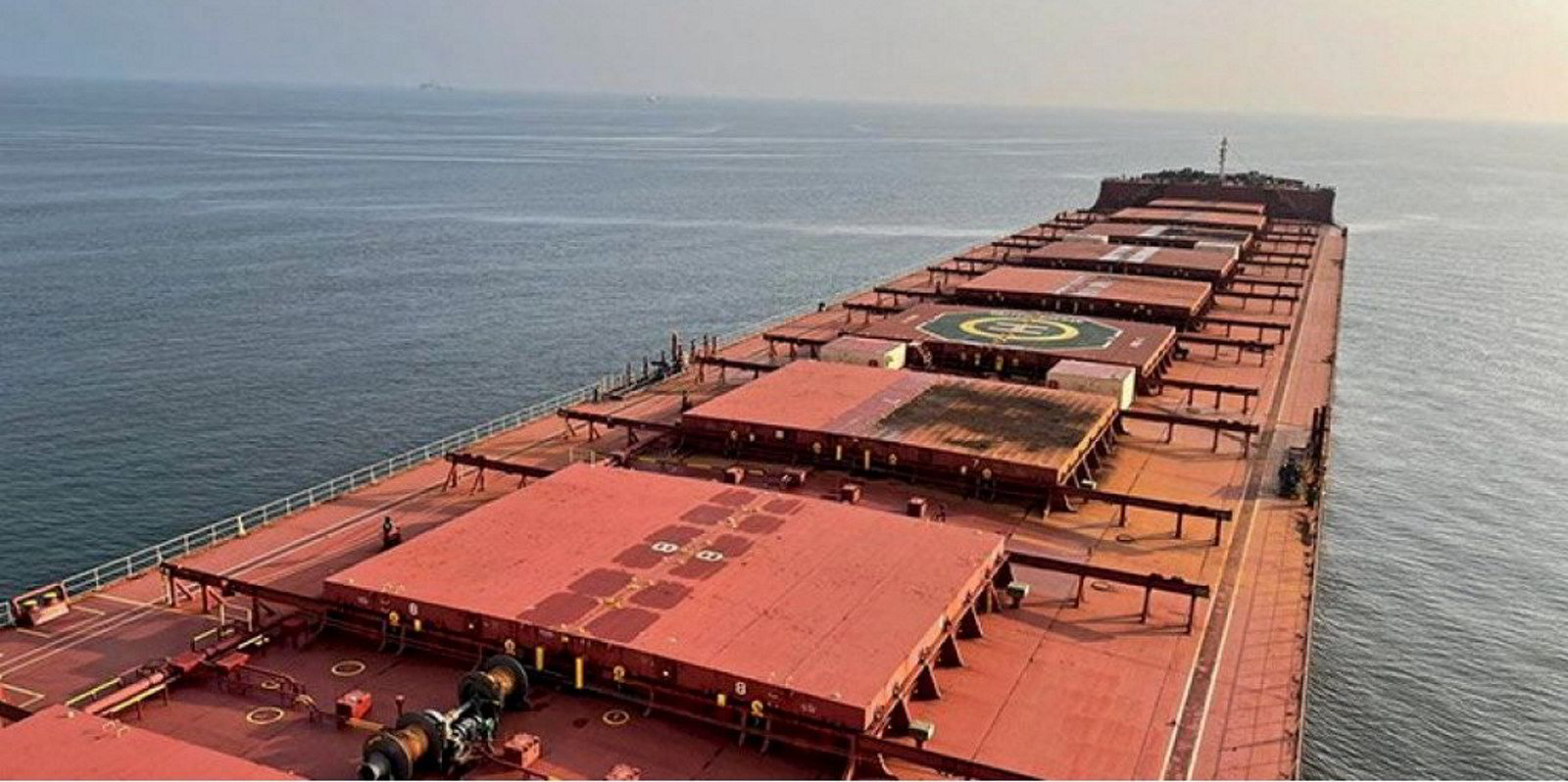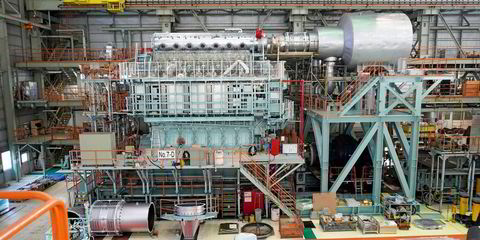The capesize bulker market has been in a funk for weeks as a result of China’s real estate market, but analysts are not expecting the sector to boom anytime soon.
The Baltic Exchange’s Capesize 5TC average of five key spot rates improved 12.5% on Monday to $6,270 per day after battling back from a low of $2,505 per day on 31 August.
But analysts were not celebrating on Monday as they pointed out that this average spot rate falls well short of meeting operating costs, and that it may only go high enough to allow shipowners to pay the bills over the next couple of years.
The futures market is indicating that the average spot rate for 2022 may go as high as $14,000 per day, just enough to meet operating expenses, Fearnleys Securities wrote in a note on Monday.
“[This] will set pressure on earnings estimates going forward, hence our hold recommendation on the space,” Fearnleys said.
In spite of the gloom, Monday was a better day in the forward freight agreement (FFA) market, with capesize contracts settling higher across the board, especially for front-month contracts.
Paper for October settled $2,282 higher at $16,371 per day on Monday. Contracts for the fourth quarter of this year settled $1,822 higher at $16,727 per day.
There were also some small gains for early 2023, seasonally the weakest time of the year for the capesize market. Contracts for the first quarter of 2023 closed at $8,429 per day, $600 higher than on Friday.
Fearnleys said it expects this year’s third quarter to show strong earnings due to strong bookings but rates may bottom out in next year’s first quarter, based on the forward freight agreement rate for that period.
Clarksons Securities estimated average spot rates of $12,500 per day for this year, $14,250 per day for 2023 and $15,250 per day for 2025 — a trend that will only serve to keep the scrapyards busy.
“Scrapping has picked up with additional two capes scrapped last week,” Clarksons Securities wrote in its Monday note.
The investment banking arm of Clarksons also noted that 14 capesizes have gone under the torch so far this year, none of which had ballast water treatment systems (BWTS). The ships had an average age of 22 years.
Currently, about 0.8% of the capesize fleet is 19 to 20 years old and does not have a BWTS, according to data from Clarksons Research.
“If the market remains weak, vessels close to their next drydock and missing a BWTS are the most likely scrapping candidates due to the investments needed to continue operating,” Clarksons Securities said.
Fearnleys noted that panamaxes, however, are doing just fine, thanks to Atlantic grain volumes and port congestion.
The Panamax 5TC rose 47% last week to $16,800 per day on Friday. It rose another 3.1% on Monday.
This article has been amended since original publication to add Monday’s FFA settlement prices.






